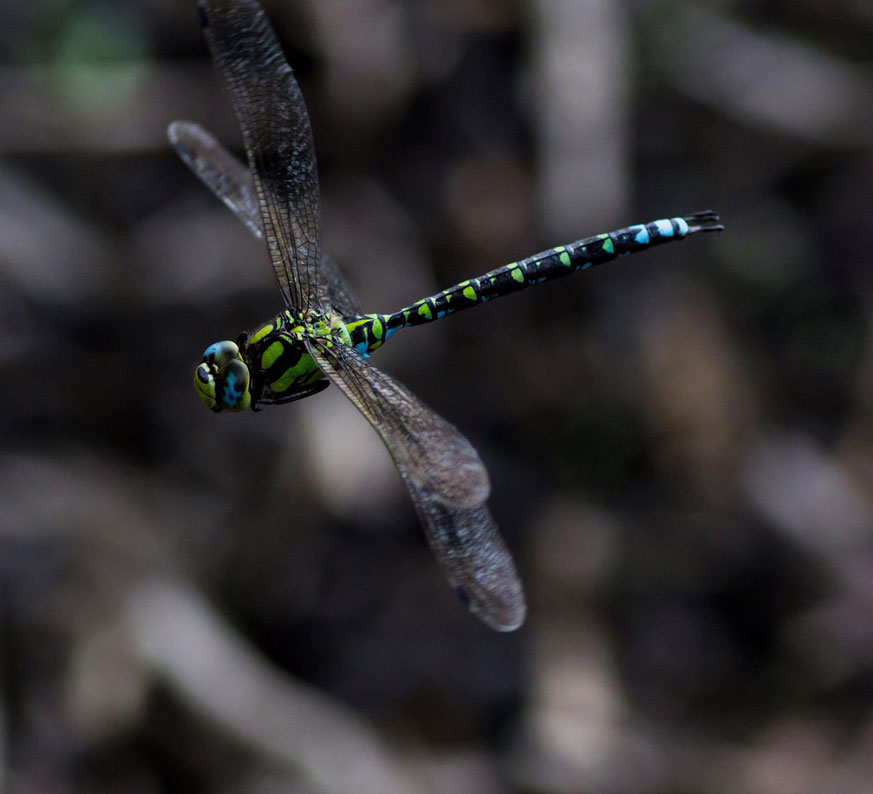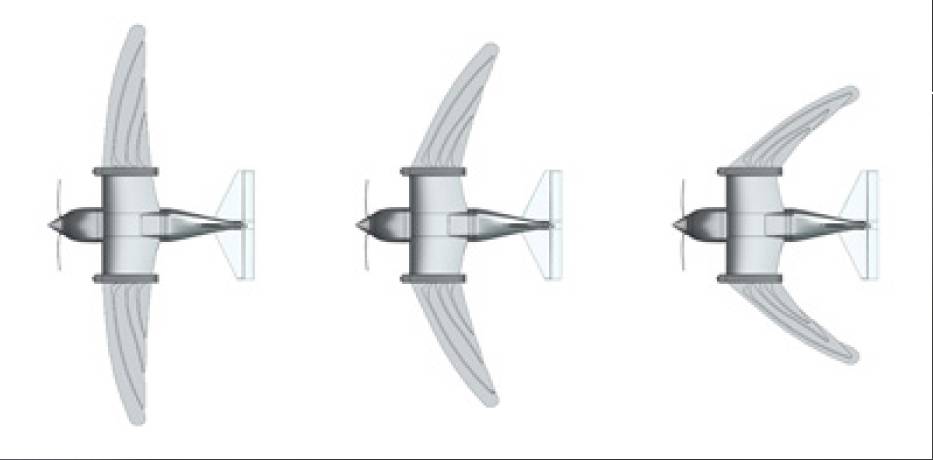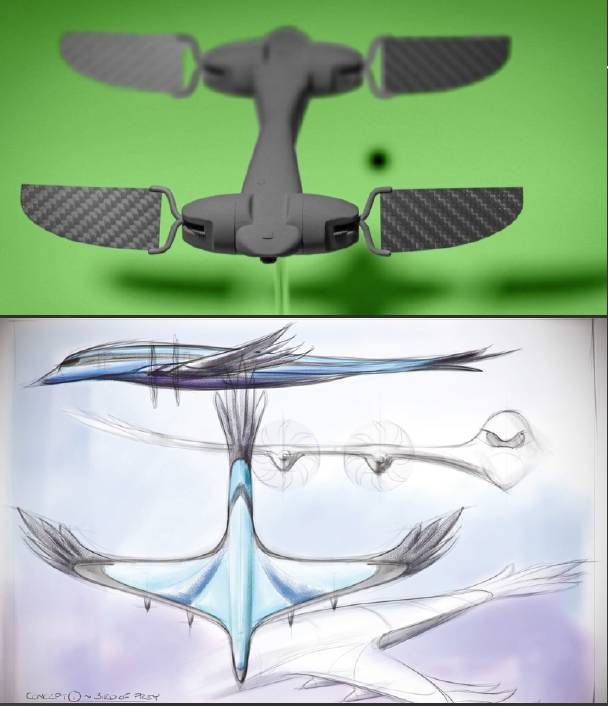AEROSPACE Biomimicry
Engineering nature
Is it a bird? Is it a plane? Is it the best of both? BILL READ FRAeS reports on how aeronautical engineers have been learning from nature to create new aircraft designs, concepts and modes of operation to optimise performance.
 Aeronautical engineers are looking to nature for inspiration on new ways to make aircraft lighter and more fuel-efficient. Not surprisingly, the focus on biomimicry has begun with studying birds. When birds are in the air, they extend their wings to reduce air drag and help them to stay high – in a similar way to a glider attempting to increase lift and reduce drag. When birds want to move faster, they close their wings – as birds of prey do in an attack dive to catch prey.
Aeronautical engineers are looking to nature for inspiration on new ways to make aircraft lighter and more fuel-efficient. Not surprisingly, the focus on biomimicry has begun with studying birds. When birds are in the air, they extend their wings to reduce air drag and help them to stay high – in a similar way to a glider attempting to increase lift and reduce drag. When birds want to move faster, they close their wings – as birds of prey do in an attack dive to catch prey.
There could be many efficiency advantages if aircraft could replicate the flight of birds and change their wing shape in different stages of flight. Adaptive wings could provide a significant increase in performance, including fuel saving, longer range and reduced noise. Different wing shapes could also assist aircraft experiencing changes in weight and weight distribution as fuel is used up during flight to fly more efficiently.
In addition to morphing wings, engineers have also been inspired by other avian characteristics. In 2017, researchers at the University of Denmark used computational morphogenesis to design an alternative ‘organic’ interior structure for a Boeing 777 wing, based on the structure of a bird’s wing which was 5% lighter than a conventional wing structure.
In 2019, Airbus produced the ‘Bird of Prey’ conceptual airliner design inspired by the eagle. The theoretical design was a hybrid-electric, regional turbo-prop which mimics the eagle’s wing and tail structure and features individually controlled ‘feathers’ that provide active flight control.
Airbus has also studied the wing design of the long-eared owl to see how it can fly so silently. Most birds generate noise when flying through turbulence created when air flows over the surface of their wings. However, the long-eared owl has primary feathers, serrated like a comb, which muffle the sound by enabling the air to pass through easily. Airbus is designing a retractable, brushlike fringe to mimic the owl’s serrated feathers on wings, as well as a velvety coating on aircraft landing gear.
There has also been research into the development of aircraft with beating wings. A paper published in Science Robotics in July 2020 described how students at Nanyang Technological University in Singapore had designed a micro ornithopter which flies like a bird and could be used for monitoring crops or crowds. Engineers have also developed micro aerial vehicles (MAVs) which look like birds to observe birds. Developed by engineering students at the University of Delft in 2007, the 5cm wide morphing wing RoboSwift is a small propeller-driven MAV, fitted with cameras designed to observe swifts in their natural environment.
Biomimicry research is not restricted to the way birds fly but also to how they see. The Lund Vision Group in Sweden has designed a camera that recreates how birds distinguish colour which could have applications for aircraft navigational systems and pilot enhanced vision systems, as well as improved sensor and guidance systems for UAVs.
 The RoboSwift MAV developed at the University of Delft. University of DelftHowever, biomimicry of birds does not end with bird shapes but also with flight patterns. Airbus has worked on the fello’fly demonstrator project which looks at how aircraft might learn from the way in which flocks of snow geese fly in a ‘V shape’. According to Airbus, this is because the follower geese expend less energy by surfing on the wakes (ie left-over kinetic energy of moving air in the sky) created by the leader bird. When flying in this way, geese immediately benefit from free lift, which enables them to stay aloft with minimal fatigue over long distances. The Airbus project is looking at how a commercial aircraft could save 5-10% of fuel from ‘wake-energy retrieval’ by following the air upwash from a leader aircraft.
The RoboSwift MAV developed at the University of Delft. University of DelftHowever, biomimicry of birds does not end with bird shapes but also with flight patterns. Airbus has worked on the fello’fly demonstrator project which looks at how aircraft might learn from the way in which flocks of snow geese fly in a ‘V shape’. According to Airbus, this is because the follower geese expend less energy by surfing on the wakes (ie left-over kinetic energy of moving air in the sky) created by the leader bird. When flying in this way, geese immediately benefit from free lift, which enables them to stay aloft with minimal fatigue over long distances. The Airbus project is looking at how a commercial aircraft could save 5-10% of fuel from ‘wake-energy retrieval’ by following the air upwash from a leader aircraft.
